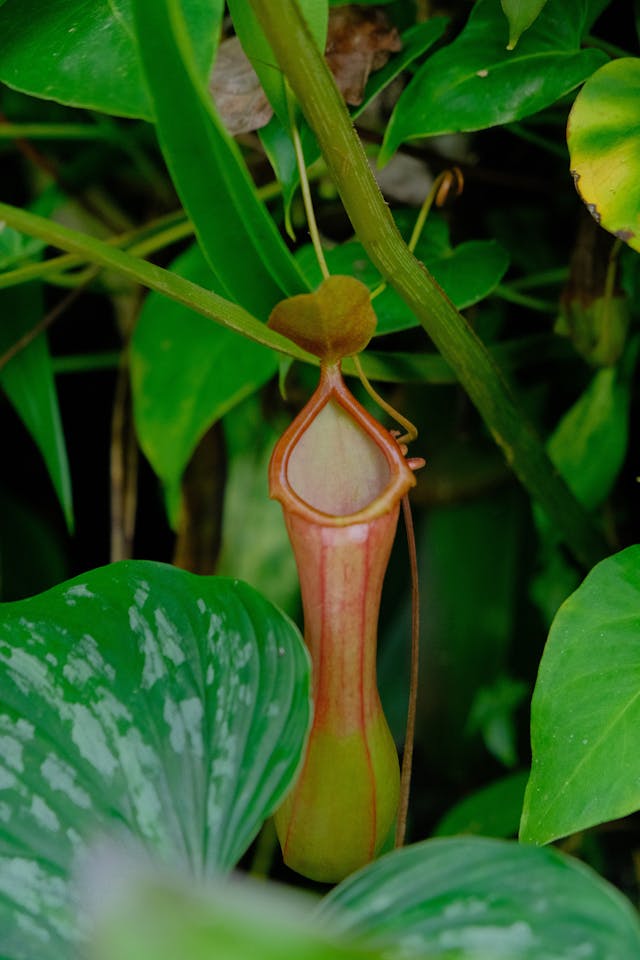Plant genomes are known for their complex structure, and the study of polyploid genomes with multiple sets of chromosomes enables researchers to answer profound questions about genetics. A central question deals with the mechanism of so-called subgenome dominance, which influences the retention and expression of genes across multiple chromosome sets. This process often leads to a dominant subgenome, which is richer in genes. Recessive subgenomes, on the other hand, lose genes.
In a recent study, a team led by the HFSP Research Grant Awardee Kenji Fukushima, University of Würzburg, Germany, investigates the genomic structure of the carnivorous pitcher plant Nepenthes gracilis and shows how polyploidy - the phenomenon of having more than two sets of chromosomes in cells - contributes to evolutionary innovation. Using modern high-throughput sequencing techniques and bioinformatic analyses, the researchers identified a decaploid genome structure – the fact that there are ten sets of chromosomes in one cell – in the tropical pitcher plant. In doing so, they came across a clear signature of subgenome dominance, which led to one dominant and four recessive subgenomes, also finding that the recessive subgenomes are enriched with novel genes. This surprising discovery suggests that the recessive subgenomes make an important contribution to the evolutionary adaptation of the plant. This is particularly true for defining traits such as pitcher leaves, which are used to catch insects, and dioecy, the presence of separate male and female plants.

In further analyses, the HFSP Research Grant team identified specific genes on the recessive subgenomes that can be linked to these unique traits. One interesting example is a male-specific gene on the newly identified Y chromosome, which could play a crucial role in dioecy. They also discovered a cluster of genes specifically expressed in trapping pitchers that likely contributes to the evolution of carnivory in Nepenthes.
In addition to researching the genetics of Nepenthes gracilis, the study contributes to the general understanding of the role of polyploidy in evolution and how novel genes arise. The knowledge gained could also be applied in other areas of plant research and improve our understanding of plant genomes and how plants can form complex and novel traits. The knowledge gained allows conclusions to be drawn about plant diversity and adaptation in general and can make valuable contributions to agriculture, for example.


































